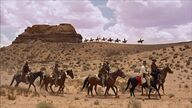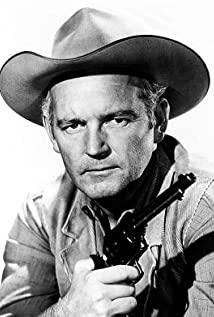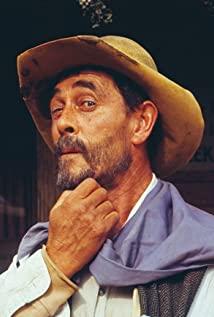"Sunset and Sand", a classic western with a mix of heroism and racism. The film places the characters in the vast and open world, sand, rocks and rivers. The main conflict relationship is reflected in the confrontation and revenge of the two races. The male (tough guy) masculinity, bloody, facial and body muscle contours form a unique tension. As if returning to the original state, the order of human civilization, that is, the law and culture, is extremely diluted, and the problem is measured by inner standards and solved by force. In the western cowboy story, the gun is a deadly weapon, but the film does not render the fighting scene, more, it is the image of the cowboy running on horseback. The only fight is detailed: Martin and Charlie hand-to-hand. There are two scenes in the film that are very similar before and after. One is that Martin is first pushed from the chair; later, Loli is pushed down in the same scene, reflecting the passage of time. There is also a first-to-end response, which is a quiet scene in the cabin. At the end, Debbie returns home safely, but it is reminiscent of her family being killed. The primitive nomadic way of life presented by the westerns resembles a Chinese minority, while the spiritual core of the film is closer to martial arts. There are great differences between Eastern and Western cultures. Western architecture is Gothic (depth), Eastern architecture adopts Siheyuan (tiling); Western music adopts symphony (chords), and Eastern classical music is mainly solo (melodious); Western languages Like to use subordinate clauses (levels), Oriental languages like to lay out (juxtaposition). The same is true in movies. Western movies are accustomed to a relatively single logic to promote the in-depth development of the plot; Eastern movies often have intertwined character relationships and clues.
View more about The Searchers reviews











